Sea turtle nesting season has just about wrapped up and now, it’s time for hatches. There are more than 300 buried loggerhead, green, and Kemp's ridley nests on Ossabaw Island, the second-most populated nesting site in the state. On Tuesdays, Georgia Department Natural of Resources (DNR) state sea turtle coordinator Mark Dodd checks to see how many have hatched.
But getting to the south end of Ossabaw Island from a nearby dock on Burnside Island requires a 15-minute skiff ride, a 30-minute ATV trip on dilapidated and often-submerged goat paths, a canoe paddle, and another hilly ride through a dune meadow on a second ATV.
“It’s a struggle to get to the beach to do the basic work on these islands,” said Dodd.
And his search is unfruitful. Ten hours of scanning the shoreline for tracks, likely washed away by last night's rains, and 10 minutes of digging yielded not much but a couple cracked eggs and dead hatchlings. Then, his technician’s ATV gets stuck in a flooded trail, leading to an hour-long endeavor to retrieve him. It’s a tough day that seems representative of the season, where blows to various sea turtle programs have resulted in Dodd and the DNR having to step up and shell out.
“It’s definitely been the most difficult year in the last 15 years,” says Dodd. “In terms of finding money and equipment and people and get them on the beach to do the work.”
A Mystery: Water quality probes monitoring Hyundai’s future wastewater treatment plant stolen—twice
Filling in the gaps on Cumberland Island
Of the state's 12 sea turtle nesting sites, the DNR is responsible for monitoring on two state-owned islands, Sapelo and Ossabaw, and helps with hiring technicians on three others at Little St. Simon's, Little Cumberland and Cumberland Island. Other sites are managed by members of the Georgia Sea Turtle Cooperative, including the Georgia Sea Turtle Center on Jekyll Island, St. Simons Island Sea Turtle Project and the Tybee Island Marine Science Center. At all turtle dwellings, projects work under DNR’s sea turtle permits and training programs.
The motherlode of turtle nests occur on Cumberland Island, home to more than 500 this year. Established as a national seashore in 1972, the island is staffed and managed by the National Parks Service (NPS).
This season, Isabella Pellegrino, 24, and Christian Testorf, 22, are overseeing the island's sea turtle nests, nearly 200 of which have hatched.
“I've always wanted to work in conservation,” said Testorf. “So, it does mean a lot to me that I’m starting to do that.”
While Pellegrino and Testorf said they found and applied to their positions through NPS' Scientists in Program (SIP) earlier this year, Dodd said their NPS funding is "on hold." And so, it was up to the DNR to close the $47,000 tab for two technicians and an ATV, said Dodd. While the philanthropic network Stewards of the Georgia Coast was able to raise nearly $20,000 from 23 donations, “the state's just going to have to absorb the rest," said Dodd.
Proposals for two positions monitoring sea turtle species nesting at Cumberland Island "were cancelled at the request of the NPS staff," said Stewards Individual Placement Executive Director Geoff Elliot, a national nonprofit that works with agencies such as the NPS to pair individuals with conservation and service jobs. "We are not aware of the reason for the positions being cancelled."
Delays in funding for the stranding network
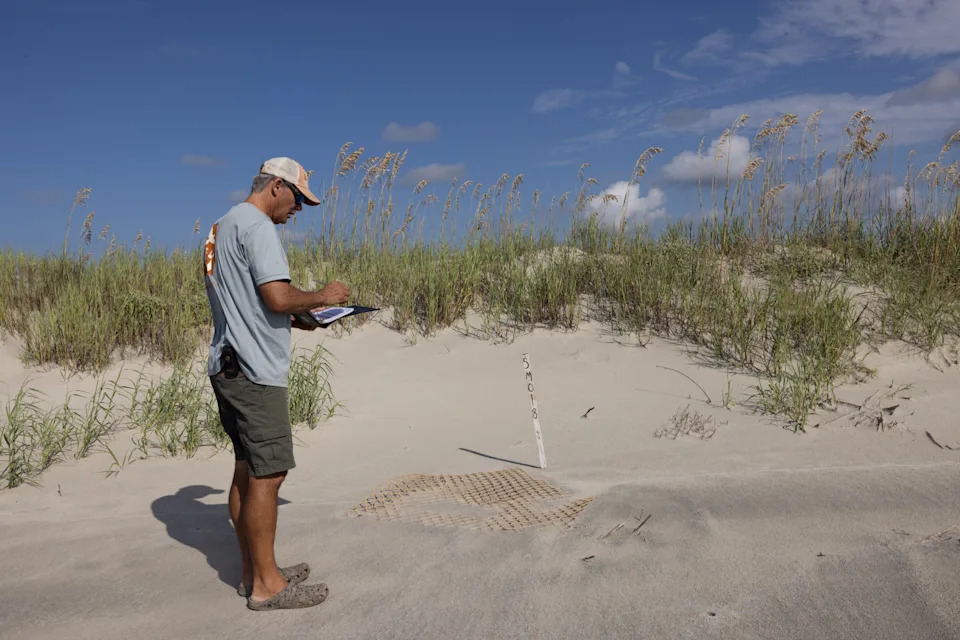
It's not just births, but also “strandings”—turtles washed ashore due to injuries or deaths—that the DNR must coordinate with the help of the Georgia Sea Turtle Cooperative, an effort historically funded by NOAA's Sea Turtle Stranding and Salvage Network.
The network “is our index to threats to the turtle population,” said Dodd—threats such as commercial fisheries, human interactions and disease.
NOAA provides upwards of about $40,000 to the program annually, wrote NOAA Fisheries Southeast Regional Office Communications Specialist Allison Garrett in email. But the previous five-year grant cycle has ended. “There is a call for proposals for the new cycle (now reduced to four years), but there have been delays getting the grant opportunity posting this year,” Garrett wrote.
Although that grant application was posted last week on Aug. 4 for Georgia to submit proposals for future funding, the DNR must foot the bill for the season's work.
“There's a possibility we could get the money after the first of the year...but it would basically mean we wouldn't get funding for a year," said Dodd. "We're absorbing the cost."
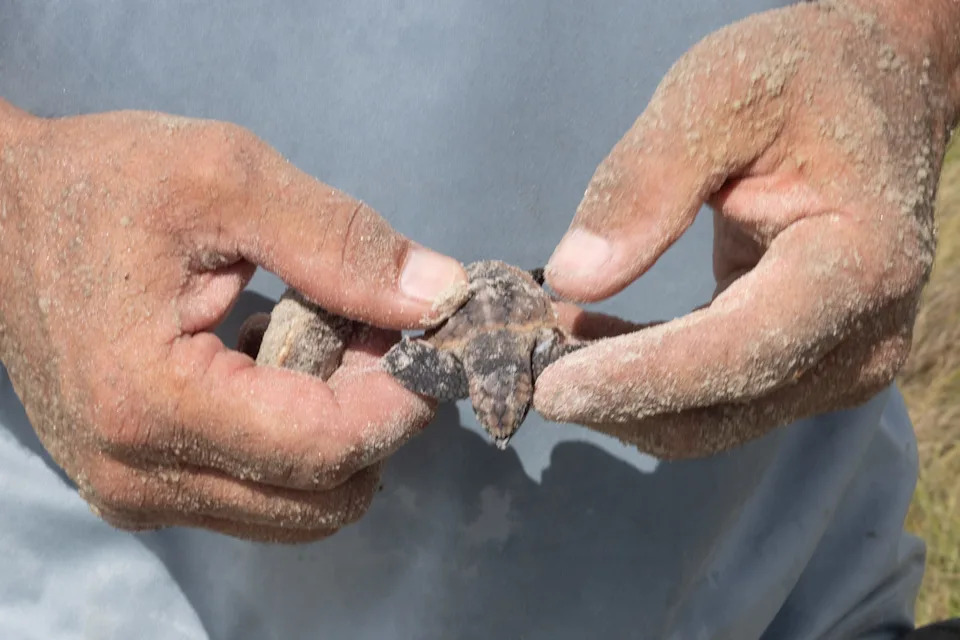
The fight to maintain a 15-year turtle dataset
Along with documenting individual births and strandings, the DNR with the University of Georgia (UGA) has been tracking the state's loggerhead population since 2008 by extracting an egg from each nest, sampling its DNA and connecting it with its mother. Tracking females gives researchers an accurate and long-term picture of sea turtles numbers and their marked increase, according to a UGA article.
"The project was so successful, we got a bunch of money from NOAA, and we expanded the project," said Dodd. Two years later, sampling spread to South Carolina, North Carolina, Virginia and Maryland, encompassing the region of a genetically distinct subpopulation of loggerheads known as the Northern Atlantic Recovery Unit.
Since fiscal year 2013, NOAA has given $4.3 million in species recovery grants to Georgia and South Carolina DNRs for loggerhead tagging, varying between roughly $400,000 to $600,000 annually, according to NOAA's website.
But in fiscal year 2022, those funds ended. NOAA did not respond to further questions by the time of publication.
“We're definitely struggling with raising money to keep it running," said Dodd. The tagging is important to continue—the data has just started confirming that the population is headed in a positive direction, with a 30 to 40% recruitment of new females, said project lead Brian Shamblin in an interview with UGA. But it costs $30 to run each sample, and when there are over thousands of nests across five states, the bill can get steep.
“But a lot of our internal projects have raised money,” said Dodd, including fundraisers such as Weekend for Wildlife and Sea Island's Adopt-A-Nest program. Sea turtle programs such as the stranding network “always have relied partially on donations, and it just might be more so in the future.”
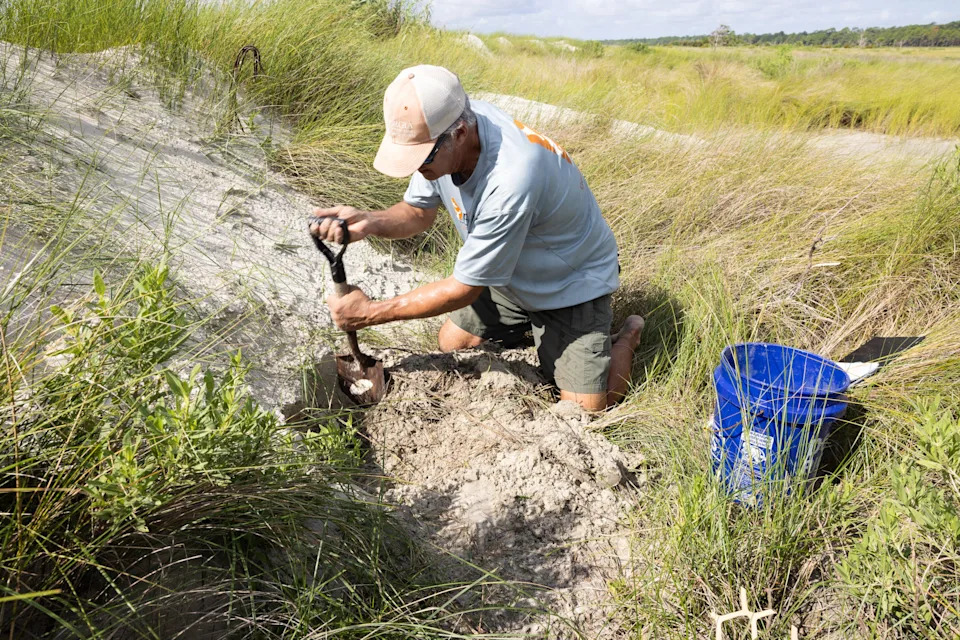
There is, hopefully, a finish line
Despite blow after blow, a reprieve may be in sight.
“Models suggest about another eight to 10 years of intensive management before we feel comfortable that the population has recovered back to where its long-term viability is not going to be a question,” said Dodd. And that could mean an end to closely monitoring each nest, numbering close to 2,000 as of Aug. 13. Between hitting armadillos on the head with a shovel, shooting feral hogs at night and adding another mesh screen to protect against raccoons’ prying fingers, staff take painstaking measures to protect sea turtle nests.
One turtle stranding might prove his point. Earlier this season, a female washed ashore with her back flippers bitten off by a shark—an unusual event for Dodd. While grim, the sight of a turtle as prey is a sign that “they're starting to fill their role in the ecosystem,” said Dodd.
When or if his job ends, he joked, maybe he can be ATV Powersports mechanic.
“I can tear these things apart and put them back together,” he said.
Jillian Magtoto covers climate change and the environment in coastal Georgia. You can reach her at [email protected].
This article originally appeared on Savannah Morning News: Federal dollars for sea turtle conservation monitoring slows down


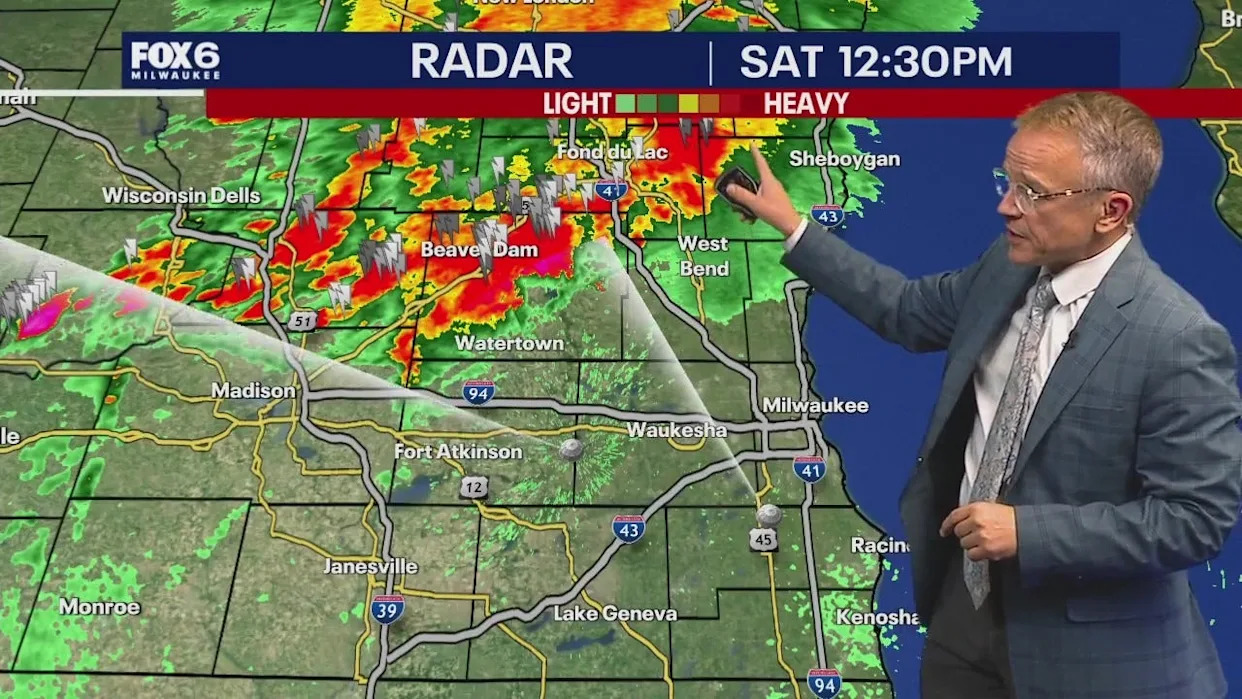

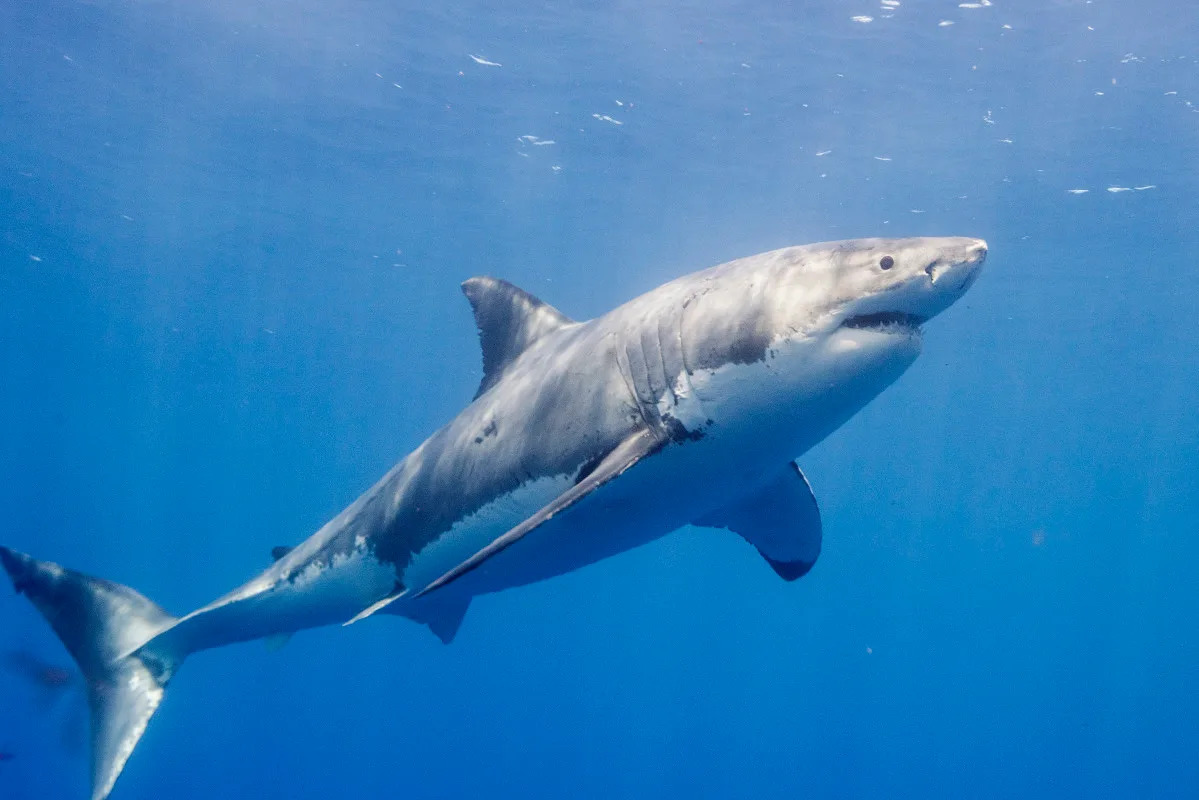
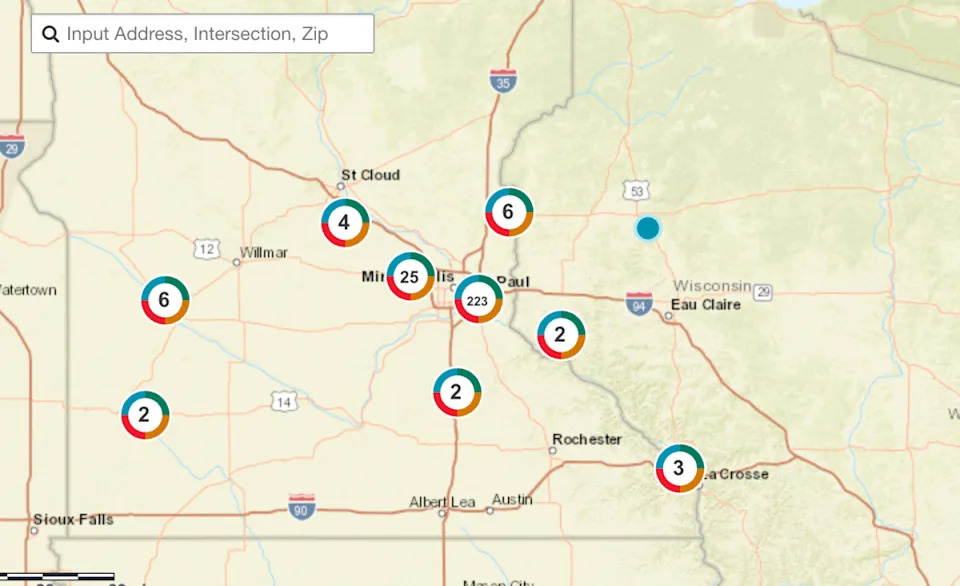
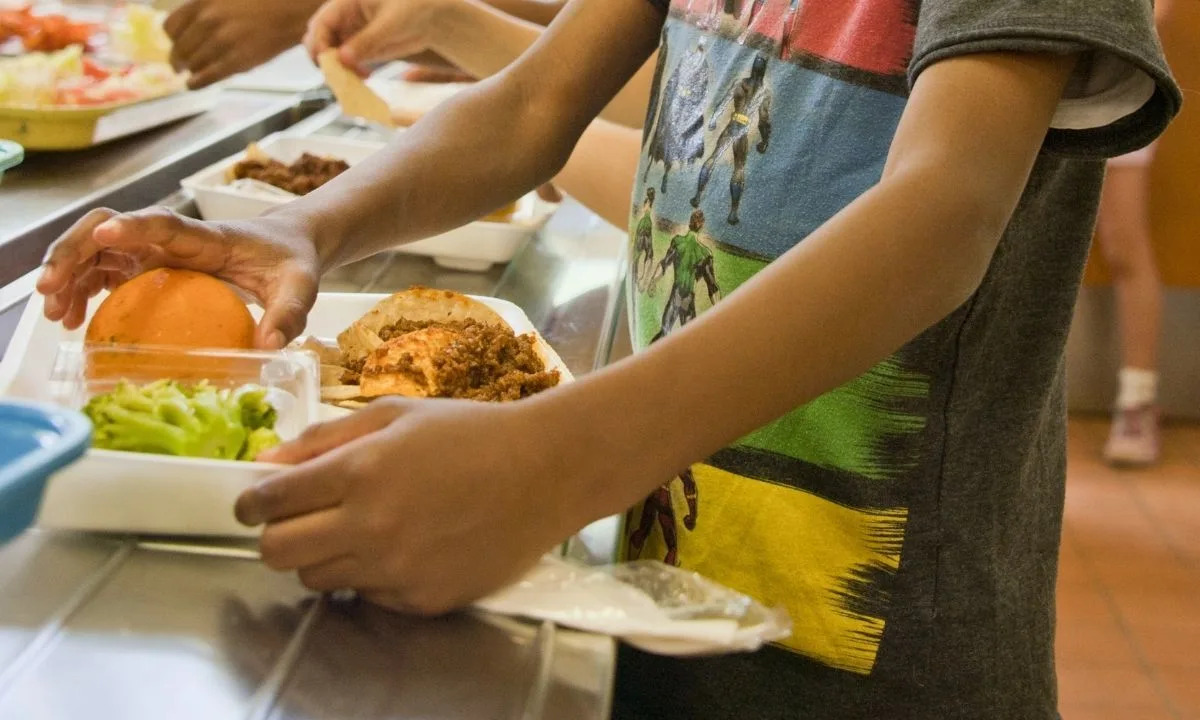

Comments